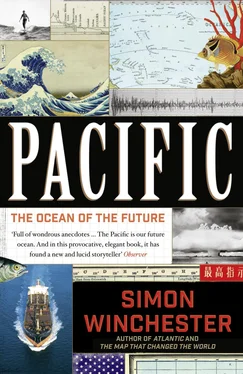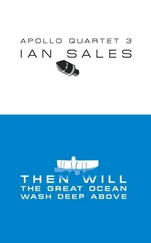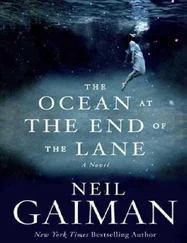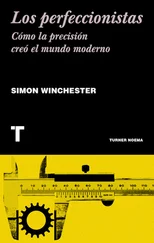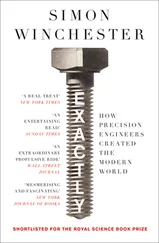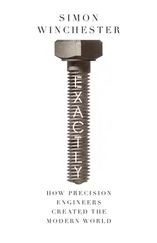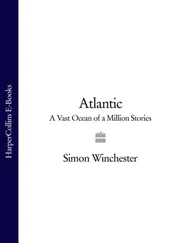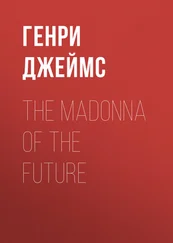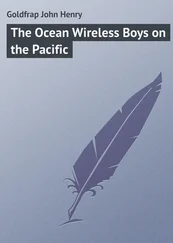Yet even this was still a fudge, still woefully imprecise, still essentially based on myth. And BCE did not appeal to scientists, especially once carbon dating and other, more precise atomic dating techniques had been discovered. So they eventually came up with the idea of using the initials BP, “before present.” The Wisconsin ice age, for instance, had its culmination fifty thousand years BP.
All that the acceptance of this new notation required was an agreement on just when was present ? So, in the early 1960s, a pair of radiochemists came up with an answer. They suggested the use of the same standard reference year, the Year Zero moment of January 1, 1950.
Their suggestion seemed logical, neat, appropriate . Everyone, more or less, agreed. So that date is now accepted well-nigh universally among scientists for the ephemeral concept that is fleetingly known as the present. And the present begins at the start of January 1950 .
And it seemed to me also the ideal date to use for beginning a description of the modern Pacific Ocean.
Other dates were briefly beguiling, to be sure. It could be argued that the new Pacific truly began its unfolding at the end of the Second World War—so I could have chosen the date of the Japanese surrender, September 2, 1945. Or else I could have selected Mao Zedong’s declaration of the founding of the People’s Republic of China, a momentous and solemn occasion that was staged on October 1, 1949, and that would eventually turn the Pacific into a cauldron of contention. I briefly also thought of using the date of the detonation of America’s most powerful hydrogen bomb, the so-called Castle Bravo test of March 1, 1954, a moment of some symbolism.
Yet I kept coming back to the idea of the “beginning of present,” which just seemed to have an elegant simplicity about it. The date has a strict scientific neutrality to it. It is an agnostic moment, agreed to and understood by all. And for this book, it turned out to have an added geographical bonus, a coincidence.
For nearly all the carbon-14 pollution that was sent up into the skies and that caused the scientific community to create the concept of “present” and “before present” in the first place came as the result of explosions that occurred in the Pacific. Bombs that went off in Bikini and Enewetak, Christmas Island and Woomera, Semipalatinsk and Lop Nor, Mururoa and Fangataufa, all in or around the ocean, were the prime pollutants, the original cause of the problem.
This made it all the more appropriate, it seemed to me, to choose that moment—the hinge, the dividing line, between purity and impurity—as the start line for this account. The story of the ocean of tomorrow, in other words, begins at the start of the present.
Конец ознакомительного фрагмента.
Текст предоставлен ООО «ЛитРес».
Прочитайте эту книгу целиком, купив полную легальную версию на ЛитРес.
Безопасно оплатить книгу можно банковской картой Visa, MasterCard, Maestro, со счета мобильного телефона, с платежного терминала, в салоне МТС или Связной, через PayPal, WebMoney, Яндекс.Деньги, QIWI Кошелек, бонусными картами или другим удобным Вам способом.
